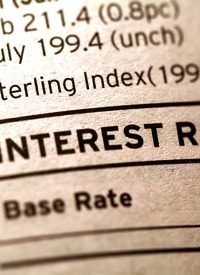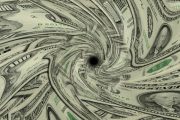
The CBO analyzed three scenarios under which interest rates rose to historic averages, interest rates rose to historical averages for the 1990s, historical averages for the 1980s and a “Blue Chip” prediction of interest rates.
Under each scenario, interest costs would be higher than CBO estimated in its analysis of the President’s budget… The effects would be minimal for 2009, but between 2010 and 2019 interest payments in under both scenarios 1 and 3 would be about $1.3 trillion higher; in scenario 2, interest payments would be $5.6 trillion higher.
The interest rate differential would spike the estimated one-year deficit for fiscal 2013 (the last year of President Obama’s first term) from Obama’s estimate of $512 billion (CBO estimated it at $647 billion) to as high as $951 billion under the post-stagflation era of the 1980s.
Of course, overly optimistic interest rates are only one of several absurdly optimistic economic assumptions in the Obama budget. President Obama’s economic team assumed that U.S. gross domestic product would shrink only 1.2 percent in fiscal 2009, though it has already shrunk more than three percent in real terms. He also assumes growth in subsequent fiscal years averaging four percent per year.
If the 1980s average of interest rates proves true combined with the way the Federal Reserve Bank is printing money, this may prove to be an optimistic scenario, and President Obama would end his first term with a deficit of $1 trillion or more. So much for his pledge that “the budget will cut the deficit in half by the end of my first term.”
Americans had better get used to Obama’s broken promises.



